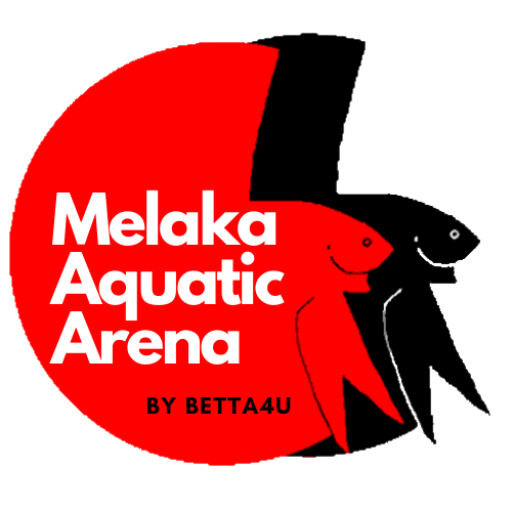Betta Bliss Awaits at Betta Guide Gallery – Your Premier Destination for Aquatic Elegance!
Betta Guide Gallery (BGG)
Dive into the Betta Guide Gallery (BGG) – your ultimate resource for more than just captivating images. Explore comprehensive insights that serve as a guide to the general betta standards, tailored for enthusiasts and lovers of these splendid fish. Discover a wealth of information and elevate your betta fish appreciation with the Betta Guide Gallery.
SOLID > DARK > NON IRIDESCENT > RED
- Dense dark red.
- Mono colour tone.
- No other colour instrusion except eyes.
- Existence of a colour with high contrast, distinct from red.
- Existence of a colour with low contrast, distinct from red.
- Different shades of the colour red.
SOLID > DARK > NON IRIDESCENT > BLACK
- Dense dark black.
- Mono colour tone.
- No other colour instrusion except eyes.
- The existence of a colour with high contrast, distinct from black.
- The existence of a colour with low contrast, distinct from black.
- Different shades of black colour.
SOLID > LIGHT > NON IRIDESCENT > YELLOW / OPAQUE WHITE
- Orange, Yellow, Cello, Opaque are light solids
- Dense to entire fish
- Mono colour tone.
- No other colour instrusion except eyes.
- Existence of a color with high contrast, distinct from light solids.
- Higher colour faults due to contrast levels. Dark > Irids > Other light solids
- Existence of a color with low contrast, distinct from light solids.
- Different shades of color.
SOLID > DARK > IRIDESCENT / METALLIC
- Iridescent colors include royal blue, steel blue turquoise
- Metallic of + gene over iridescent colors above and also green and copper
- Dense to entire fish
- Mono colour tone and metallic colors.
- No colour instrusion except eyes.
- Existence of a color with high contrast, distinct from light solids.
- Higher colour faults due to contrast levels. Dark > Irids > Other light solids
- Existence of a color with low contrast, distinct from light solids.
- Different shades of color.
NON SOLID > BI-PATTERN > BODY VS FINS > BANDED (BUTTERFLY / TRIBAND)
- The outer colour band on the fins is also called “Butterfly” and ideally at 50% coverage of fins.
- 3 colour bands are called “triband”. Ideally, every band is 1/3.
- The body can be either Solid or non-solid
- Outer colour bands are a solid colour
- Inner bands can be either solid or non-solid
- The colour bands cover all fins.
- 1/2 bands for butterfly
- 1/3 bands for triband
- Banded colour pattern refers to all fins
- Body and inner can be either solid or non solid colors
- The colour banding shall be consistent with all fins.
NON SOLID > BI-PATTERN > BODY VS FINS > ORKID
- The Orkid refers to the colour patterns on the fins. The iridescent colour appears between the rays on the webbing.
- The body should follow respective solid and non-solid colour patterns
- Missing iridescent colour between rays.
- Colour intrusion on two-colour Orkid
- Iridescent colour distribution is inconsistent on all fins
NON SOLID > PATTERN > BODY & FINS > GRIZZLE
- Washed/faded iridescent alike. Two colours in the Grizzle pattern. Iridescent and opaqueue.
- The colour pattern can be a full mask and non-masking due to the metallic presence. No favourable to any of this.
- 1/2 or 50% of each colour. evenly distributed to the entire fish.
- Any third colour presence is a colour fault.
NON SOLID > FULL PATTERN > BODY & FINS > SEGMENTAL
- The Orkid refers to the colour patterns on the fins. The iridescent colour appears between the rays on the webbing.
- The body should follow respective solid and non-solid colour patterns
- Missing iridescent colour between rays.
- Colour intrusion on two-colour Orkid
- Iridescent colour distribution is inconsistent on all fins










